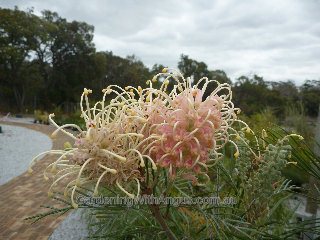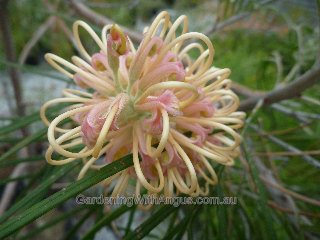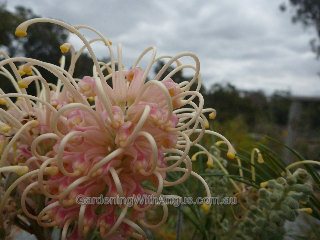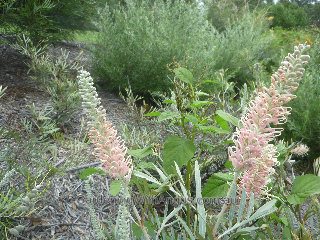Array
(
[0] => Array
(
[id] => 190
[is_published] => 1
[websiteID] => 5
[url] => /gardening/australian-native-trees.php
[page_status] => Published
[number_of_ads] => 5
[can_use_editor] => 1
[last_modified_date] => 2013-09-16 00:00:00
[last_modified_by] => Alan
[checked_for_duplicate_content] =>
[title] => Australian native trees
[heading] => Australian native trees
[meta_description] => Learn what Australian native trees you should I grow in your garden.
[article_category_1] => Gardening
[article_category_2] =>
[article_category_3] =>
[article_category_4] =>
[article_category_5] =>
[business_category_1] => Landscaper
[business_category_2] => Nursery
[business_category_3] => Garden Designer
[business_category_4] => Landscape Architect
[business_category_5] =>
[number_of_google_mrecs] =>
[show_google_ad_bottom_of_page] =>
[show_get_quotes_top_of_page] =>
[show_get_quotes_rhs_of_page] =>
[show_directory_search_widget] =>
[show_trending_content_widget] =>
[show_facebook_widget] =>
[show_further_reading_section] => 1
[show_sponsors_section] => 0
[show_top_article_ad] => 1
)
[1] => Array
(
[id] => 546
[is_published] => 1
[websiteID] => 5
[url] => /landscaping/get-the-right-turf-for-your-situation.php
[page_status] => Published
[number_of_ads] => 1
[can_use_editor] => 1
[last_modified_date] => 2013-09-18 00:00:00
[last_modified_by] => Alan
[checked_for_duplicate_content] =>
[title] => Get The Right Turf For Your Situation
[heading] => Get The Right Turf For Your Situation
[meta_description] => Tips from OzBreed. Learn how to choose the right turf for your garden or other grassy area.
[article_category_1] => Landscaping
[article_category_2] =>
[article_category_3] =>
[article_category_4] =>
[article_category_5] =>
[business_category_1] => Landscaper
[business_category_2] => Garden Maintenance
[business_category_3] => Garden Supplies
[business_category_4] => Garden Designer
[business_category_5] => Garden Tools
[number_of_google_mrecs] => 1
[show_google_ad_bottom_of_page] => 1
[show_get_quotes_top_of_page] => 1
[show_get_quotes_rhs_of_page] => 1
[show_directory_search_widget] => 1
[show_trending_content_widget] => 1
[show_facebook_widget] => 1
[show_further_reading_section] => 1
[show_sponsors_section] => 1
[show_top_article_ad] => 1
)
[2] => Array
(
[id] => 287
[is_published] => 1
[websiteID] => 5
[url] => /gardening/winter-flowering-plants-for-the-garden.php
[page_status] => Published
[number_of_ads] => 5
[can_use_editor] => 1
[last_modified_date] => 2013-09-16 00:00:00
[last_modified_by] => Alan
[checked_for_duplicate_content] =>
[title] => Winter Flowering Plants for the Garden
[heading] => Winter Flowering Plants for the Garden
[meta_description] => No Australian garden need be free of flowers in winter. Read this article to learn about some great winter flowering plants.
[article_category_1] => Gardening
[article_category_2] =>
[article_category_3] =>
[article_category_4] =>
[article_category_5] =>
[business_category_1] => Landscaper
[business_category_2] => Nursery
[business_category_3] => Garden Designer
[business_category_4] => Landscape Architect
[business_category_5] =>
[number_of_google_mrecs] =>
[show_google_ad_bottom_of_page] =>
[show_get_quotes_top_of_page] =>
[show_get_quotes_rhs_of_page] =>
[show_directory_search_widget] =>
[show_trending_content_widget] =>
[show_facebook_widget] =>
[show_further_reading_section] => 1
[show_sponsors_section] => 0
[show_top_article_ad] => 1
)
[3] => Array
(
[id] => 130
[is_published] => 1
[websiteID] => 5
[url] => /landscaping/diy-australian-landscaping.php
[page_status] => Published
[number_of_ads] => 4
[can_use_editor] => 1
[last_modified_date] => 2013-09-10 00:00:00
[last_modified_by] => Alan
[checked_for_duplicate_content] =>
[title] => DIY Australian landscaping
[heading] => DIY Australian landscaping
[meta_description] => Read this informative article and learn how to create a uniquely Australian landscape or garden.
[article_category_1] => Landscaping
[article_category_2] =>
[article_category_3] =>
[article_category_4] =>
[article_category_5] =>
[business_category_1] => Landscaper
[business_category_2] => Nursery
[business_category_3] => Garden Designer
[business_category_4] => Landscape Architect
[business_category_5] =>
[number_of_google_mrecs] => 0
[show_google_ad_bottom_of_page] => 1
[show_get_quotes_top_of_page] => 1
[show_get_quotes_rhs_of_page] => 1
[show_directory_search_widget] => 1
[show_trending_content_widget] => 1
[show_facebook_widget] => 1
[show_further_reading_section] => 1
[show_sponsors_section] => 0
[show_top_article_ad] => 1
)
)
Plant description
grevillea 'Misty Pink' is a fast growing medium shrub with ferny foliage, and large pink flowers with prominent white styles. The main flowering is in late winter to spring, with sporadic blooms for the rst of the year. A hybrid grevillea which is a good performer in subtropical areas as well as temperate places. One of the original and best large flowered Grevilleas. A good feature or screening plant. It has an open habit, and it can be pruned to encourage a more dense habit. Best in a sunny spot. Use a low phosphorus fertiliser.
Further reading: Grevilleas and
Grevilleas for cold climates (articles written by native plant expert Angus Stewart).
Additional plant information
Flowers
Flower colour: orange or white
Flowering season: spring summer autumn winter
Plant size
Maximum height: 4 metres
Minimum height: 3 metres
Maximum width: 3 metres
Minimum width: 2 metres
Sunlight, frost & salt tolerance
This plant will tolerate full or partial sunlight.
The frost tolerance of this plant is not specified.
Plant is not salt tolerant.
Fauna attracting?
Yes. Attracts: Birds.
Climate
This plant species will grow in the following climates: temperate, subtropical, tropical.
Soil types & conditions
Loam: moist, well-drained.
Clay: well-drained.
Sand: moist, well-drained.
Soil pH: 5.5-6.5
Miscellaneous information
Native to: Australia.
Planting season: Any.
Types of fertiliser: Low phosphorus native fertiliser.
Find a nursery
Search for another plant








